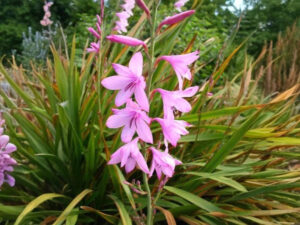
Are you looking to grow your own vegetables but don’t have access to outdoor space or grow lights? We’ve compiled a list of the 10 easiest vegetables to grow indoors all year round without the need for grow lights.
In this article
Microgreens
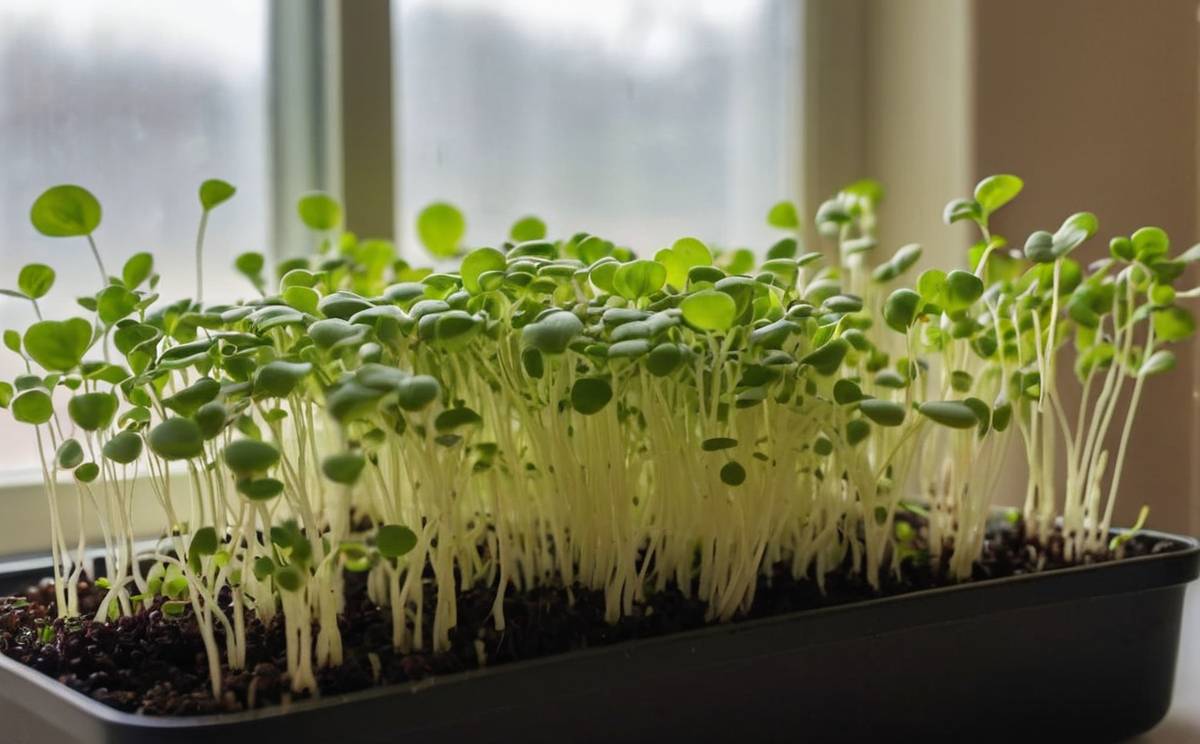
Microgreens are a great option for indoor gardening as they are easy to grow and mature quickly. They are packed with nutrients and can be grown in small spaces. All you need is a shallow container, some soil, and seeds. Simply sprinkle the seeds over the soil, water them, and place them in a sunny spot. In just a few weeks, you’ll have a fresh supply of microgreens to add to your salads and sandwiches.
- Germination: 1-2 weeks
- Water & Light: Water once or twice a day; indirect sunlight
- Pot Size: Shallow container
- Pests & Diseases: Susceptible to mold if overwatered
- Very beginner-friendly
Radishes
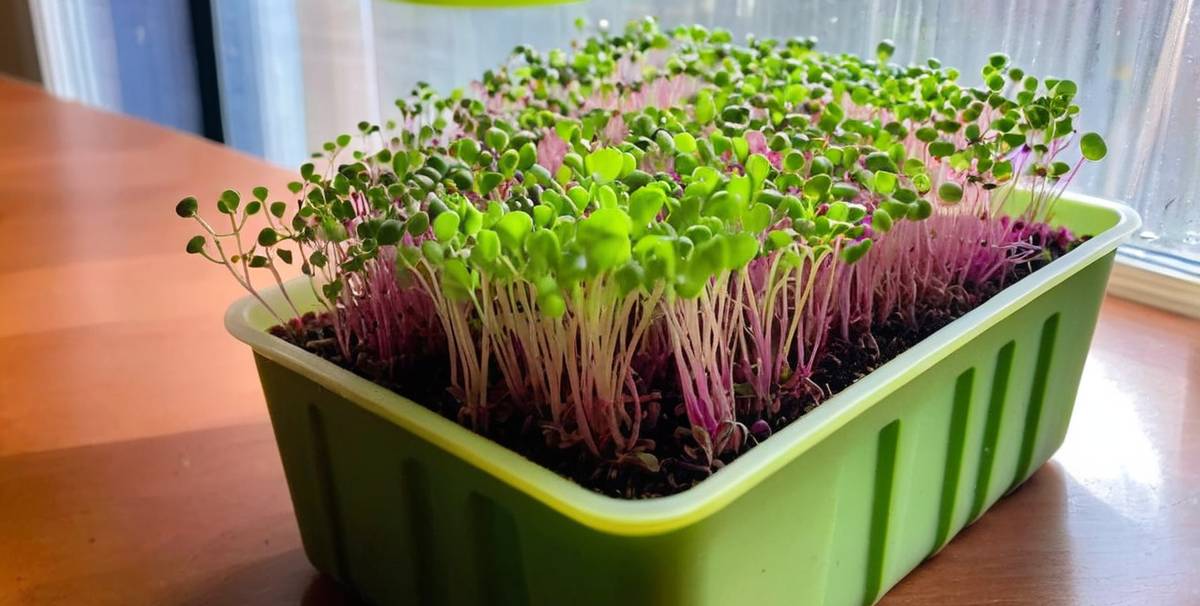
Radishes are another easy-to-grow vegetable that can be grown indoors without grow lights. They are fast-growing and can be harvested in just a few weeks. All you need is a container, some soil, and seeds. Plant the seeds about an inch apart and water them regularly. Radishes prefer cooler temperatures, so keep them in a cool spot in your home.
- Germination: 3-7 days
- Water & Light: Regular watering; partial sunlight
- Pot Size: 6-8 inches deep
- Pests & Diseases: Susceptible to root maggots
- Extremely beginner-friendly
Carrots
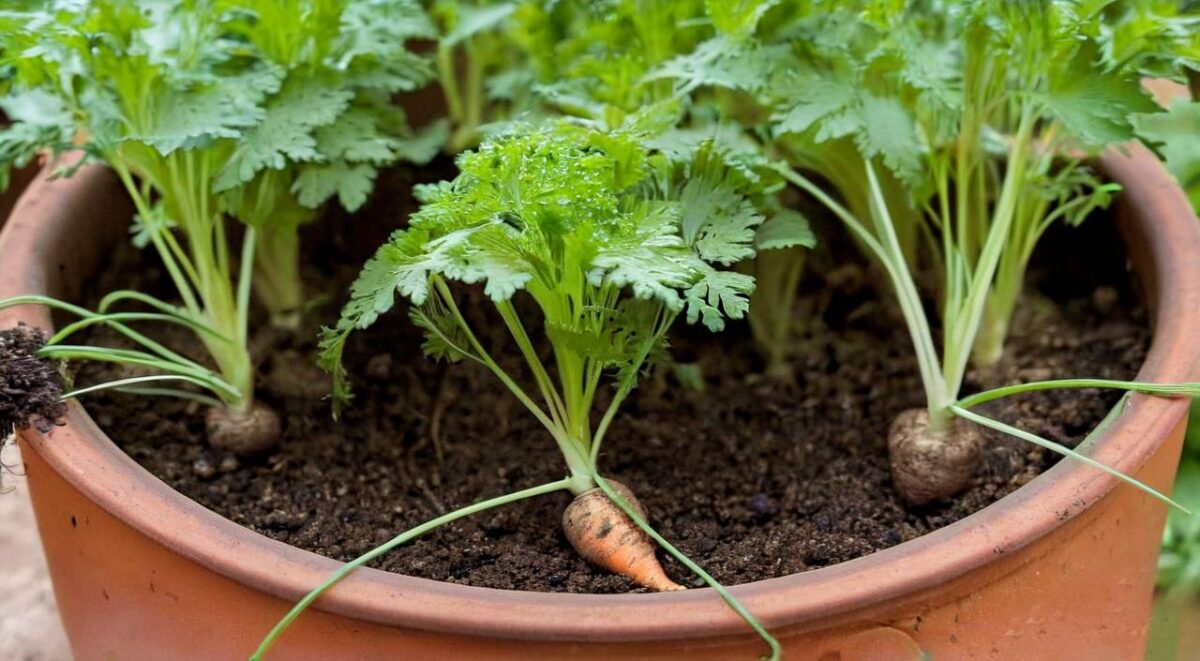
Carrots are a great option for indoor gardening as they don’t require a lot of space and can be grown in shallow containers. They do require a bit more attention than some other vegetables, but the reward is worth it. Plant the seeds about an inch apart and water them regularly. Carrots prefer cooler temperatures, so keep them in a cool spot in your home.
- Germination: 10-14 days
- Water & Light: Regular watering; full sunlight
- Pot Size: 12 inches deep
- Pests & Diseases: Susceptible to carrot rust flies
- Beginner-friendly with attention to pests
Tomatoes

Tomato Grow Bag
- Grow delicious tomatoes in just one square foot of space
- Sturdy cage is 5′ high
- Made from patented fabric that air-prunes roots for stronger, healthier plants
- Fabric also aerates soil, prevents heat build-up and allows excess water to drain away
Tomatoes are a bit more challenging to grow indoors, but it is possible. They require a bit more space and attention than some other vegetables, but the reward is worth it. You’ll need a larger container, some soil, and a tomato plant. Tomatoes require a lot of sunlight, so make sure to place them in a sunny spot in your home.
- Germination: 5-10 days
- Water & Light: Regular watering; full sunlight
- Pot Size: 5 gallons or larger
- Pests & Diseases: Susceptible to aphids and blight
- Slightly more challenging for beginners
Peppers
Peppers are another vegetable that can be grown indoors without grow lights. They require a bit more space than some other vegetables, but they are relatively easy to grow. You’ll need a larger container, some soil, and a pepper plant. Peppers require a lot of sunlight, so make sure to place them in a sunny spot in your home.
- Germination: 10-14 days
- Water & Light: Regular watering; full sunlight
- Pot Size: 3 gallons or larger
- Pests & Diseases: Susceptible to aphids and mites
- Relatively beginner-friendly
Lettuce
Lettuce is a great option for indoor gardening as it doesn’t require a lot of space and can be grown in shallow containers. It is also relatively easy to grow and matures quickly. Plant the seeds about an inch apart and water them regularly. Lettuce prefers cooler temperatures, so keep them in a cool spot in your home.
- Germination: 7-10 days
- Water & Light: Regular watering; partial sunlight
- Pot Size: 6-12 inches deep
- Pests & Diseases: Susceptible to slugs and snails
- Very beginner-friendly
Spinach
Spinach is another easy-to-grow vegetable that can be grown indoors without grow lights. It is packed with nutrients and can be grown in small spaces. Plant the seeds about an inch apart and water them regularly. Spinach prefers cooler temperatures, so keep them in a cool spot in your home.
- Germination: 7-14 days
- Water & Light: Regular watering; partial sunlight
- Pot Size: 6-12 inches deep
- Pests & Diseases: Susceptible to leaf miners
- Very beginner-friendly
Green Onions
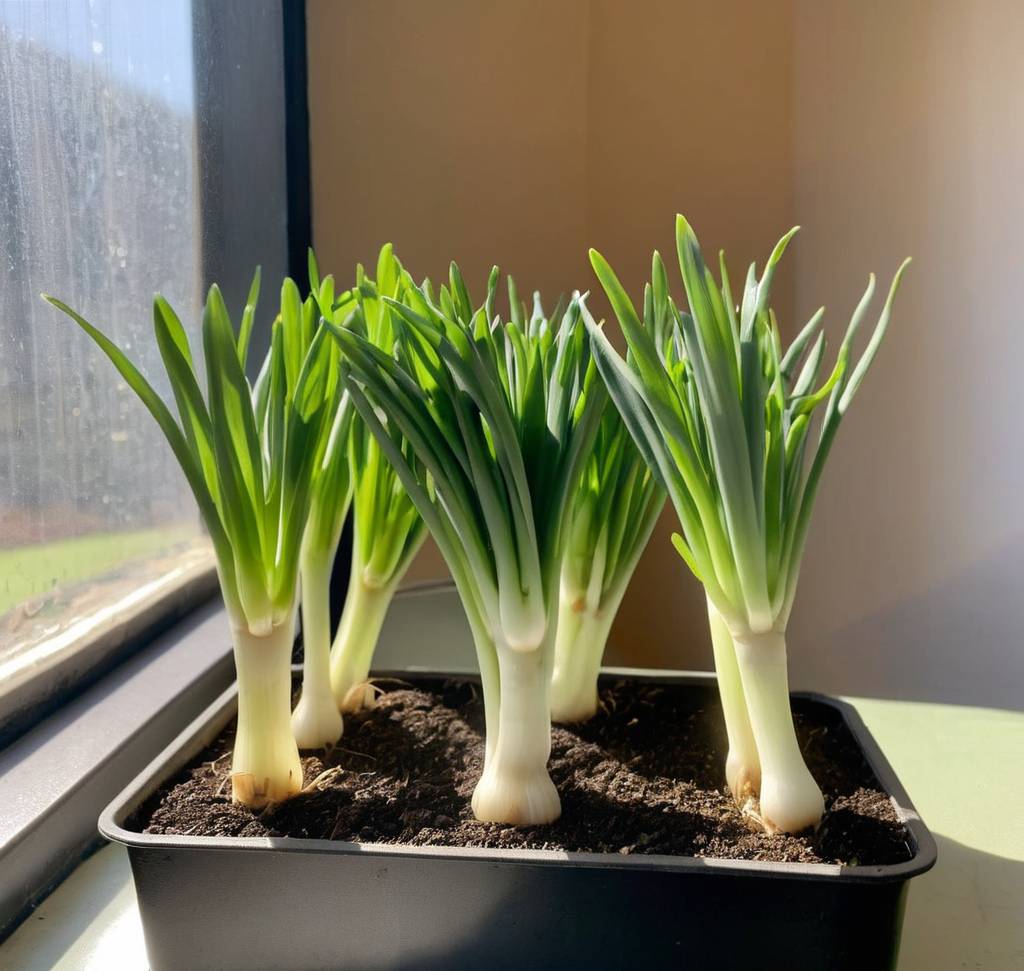
Green onions are a great option for indoor gardening as they are easy to grow and mature quickly. They are also relatively low maintenance. Plant the seeds about an inch apart and water them regularly. Green onions prefer cooler temperatures, so keep them in a cool spot in your home.
- Germination: 7-10 days
- Water & Light: Regular watering; partial sunlight
- Pot Size: 6-8 inches deep
- Pests & Diseases: Generally low risk
- Very beginner-friendly
Beans
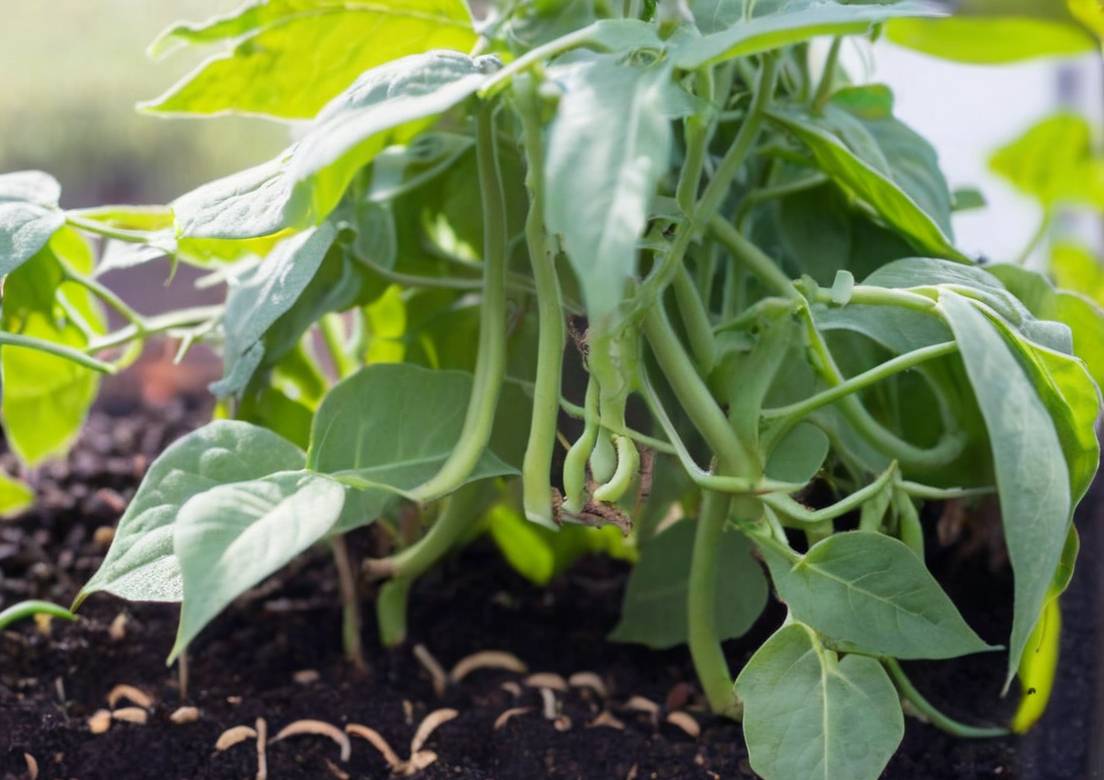
Beans are another vegetable that can be grown indoors without grow lights. They require a bit more space than some other vegetables, but they are relatively easy to grow. You’ll need a larger container, some soil, and a bean plant. Beans require a lot of sunlight, so make sure to place them in a sunny spot in your home.
- Germination: 6-10 days
- Water & Light: Regular watering; full sunlight
- Pot Size: 8-12 inches deep
- Pests & Diseases: Susceptible to aphids and beetles
- Relatively beginner-friendly
Cucumbers
Cucumbers are a bit more challenging to grow indoors, but it is possible. They require a bit more space and attention than some other vegetables, but the reward is worth it. You’ll need a larger container, some soil, and a cucumber plant. Cucumbers require a lot of sunlight, so make sure to place them in a sunny spot in your home.
- Germination: 4-7 days
- Water & Light: Regular watering; full sunlight
- Pot Size: 5 gallons or larger
- Pests & Diseases: Susceptible to mites and mildew
- Slightly more challenging for beginners
Growing your own vegetables indoors is a great way to enjoy fresh, homegrown produce all year round. With a little bit of care and attention, you can grow a variety of vegetables without the need for grow lights.





